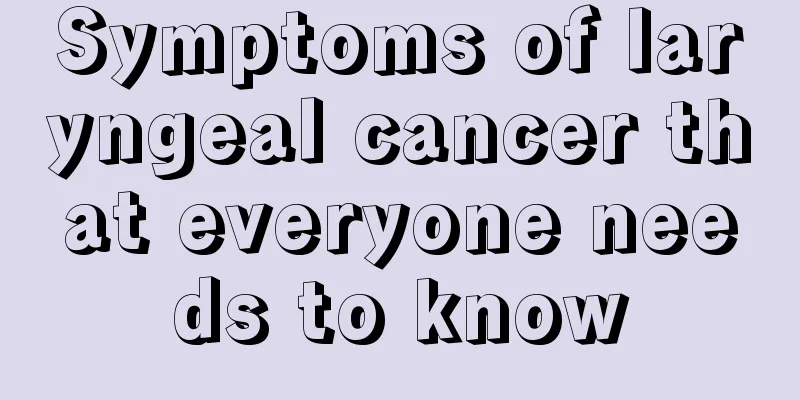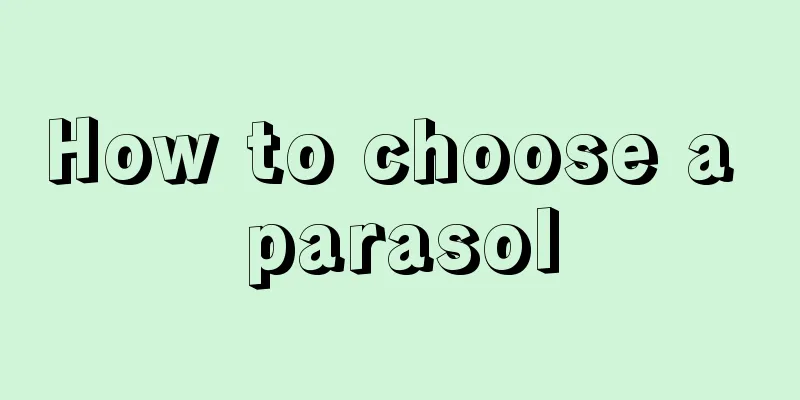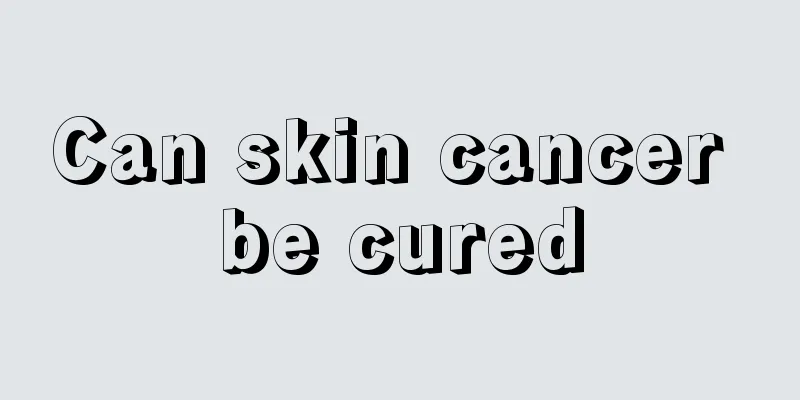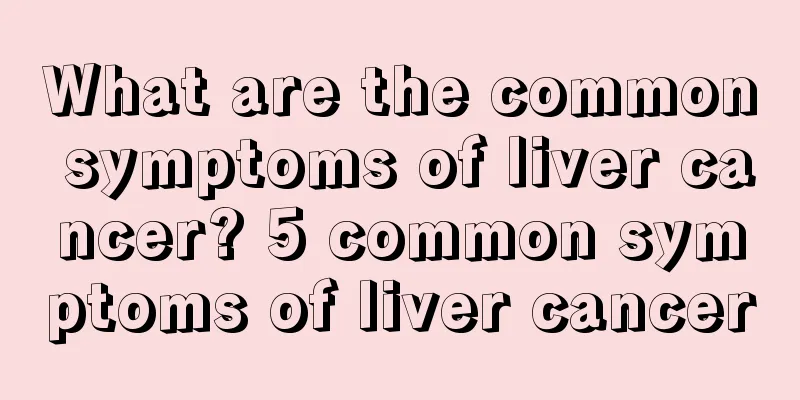What are the symptoms of Hashimoto’s thyroiditis?
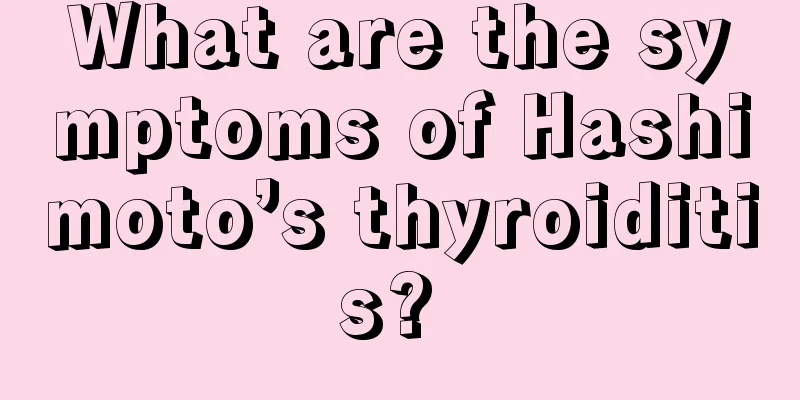
|
You may not be familiar with Hashimoto's thyroiditis. This disease has a great impact on the human body. After suffering from this disease, the early symptoms are not obvious, so it will bring certain difficulties to the treatment of symptoms. Moreover, the course of this disease progresses slowly, and the course of the disease can even be as long as two to four years. Patients often feel weak all over, and a small number of patients will feel occasional pain in the thyroid area. Hashimoto's thyroiditis, also known as chronic lymphocytic thyroiditis, is a disease that is very harmful to the body. Today we will look at what Hashimoto’s thyroiditis is, what are the symptoms of Hashimoto’s thyroiditis, and how to treat and prevent Hashimoto’s thyroiditis. Friends who want to know more can take a look. Clinical manifestations 1. The disease develops slowly and lasts for a long time. There may be no symptoms in the early stage. When goiter appears, the average course of the disease is 2 to 4 years. 2. General fatigue is common. Many patients do not have throat discomfort. 10% to 20% of patients have a sense of local pressure or dull pain in the thyroid area, and occasionally mild tenderness. 3. The thyroid gland is often bilaterally symmetrical and diffusely enlarged, with the isthmus and conical lobe often enlarged at the same time, but it can also be unilaterally enlarged. The thyroid gland tends to gradually increase in size as the disease progresses, but rarely compresses the neck and causes difficulty breathing and swallowing. When palpated, the thyroid gland is tough, with a smooth or granular surface, or it may be in the form of nodules of varying sizes. It is generally not adhered to the surrounding tissues and can move up and down during swallowing. The thyroid gland is usually bilaterally symmetrical and diffusely enlarged. 4. The cervical lymph nodes are generally not swollen. In a few cases, the cervical lymph nodes may be swollen but soft. treat 1. Medication (1) If thyroid function is normal, no special treatment is required, but follow-up is required. (2) Patients with hypothyroidism should receive thyroid hormone replacement therapy using thyroid tablets or levothyroxine until the maintenance dose is reached. The indicators of the maintenance dose are improvement in clinical symptoms and normalization of TT3, FT3, TT4, FT4, and TSH. (3) The course of Hashimoto's hyperthyroidism is the same as that of inflammatory hyperthyroidism. Most patients do not require treatment and go through four stages: hyperthyroidism, euthyroidism, hypothyroidism, and euthyroidism. Transient hyperthyroidism can be treated symptomatically with beta-blockers. (4) Glucocorticoid treatment. Hormone treatment is generally not used for this disease. For some patients with painful chronic thyroiditis who have obvious thyroid pain and swelling, prednisone can be added and the dosage can be gradually reduced after improvement. The medication should be used for 1 to 2 months. 2. Surgery Surgical treatment It is only used when there is a high suspicion of combined cancer or lymphoma. Lifelong thyroid hormone replacement therapy is given after surgery. |
<<: How to treat asthma cough? Is there any method?
>>: What are the symptoms of hyperthyroidism?
Recommend
Can an 85-year-old man with bile duct cancer undergo surgery?
Whether an 85-year-old with bile duct cancer can ...
Will thyroid cancer removal affect the vocal cords?
If the thyroid cancer is removed without damaging...
Only by taking good methods can patients with gallbladder cancer be effectively treated
Gallbladder cancer is a disease that can cause gr...
What to do if clothes get moldy in summer
We all know that clothes will definitely get mold...
What are the symptoms of pneumonia
Pneumonia is also a relatively common disease in ...
What are the benefits of onions soaked in vinegar?
Onions are good for your health and can help you ...
How many fetal movements are normal at more than four months?
When the pregnancy is more than 4 months, the pre...
How many days do I need to get an injection for urethritis
Urethritis is a very serious medical problem. Bec...
What are the diagnostic criteria for gastric cancer
What are the diagnostic criteria for gastric canc...
What's wrong with my back muscles twitching
The muscles of the back are relatively developed....
What are the symptoms of cerebral congestion
Cerebral congestion refers to the rupture of bloo...
Is cheap lipstick harmful to your health?
Lipstick is a very popular cosmetic among modern ...
6 signs of brain cancer in the elderly
Brain cancer refers to malignant tumors that occu...
Do patients with endometrial cancer need reexamination after treatment?
Do patients with endometrial cancer need follow-u...
Can lithospermum officinale oil be used to treat eczema
Autumn is here. Although autumn is a very cool se...



